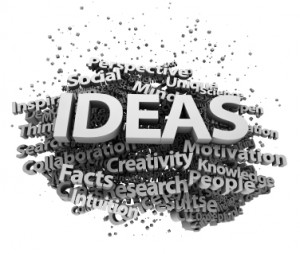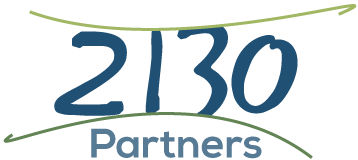 Have you ever wondered whether there is any common language that exists for all humans and, if so, how knowing about that language might help you be a more effective as a leader? Well, there is and researchers have called it “deep metaphors.”
In the November/December 2008 issue of Spirituality & Health magazine, Managing Editor Betsy Robinson’s article, “Our Common Language,” offers a very insightful summary of work done by Harvard Business School professor and sociologist Gerald Zaltman, Ph.D. and his team across 12,000 in-depth interviews in more than 30 countries.
Have you ever wondered whether there is any common language that exists for all humans and, if so, how knowing about that language might help you be a more effective as a leader? Well, there is and researchers have called it “deep metaphors.”
In the November/December 2008 issue of Spirituality & Health magazine, Managing Editor Betsy Robinson’s article, “Our Common Language,” offers a very insightful summary of work done by Harvard Business School professor and sociologist Gerald Zaltman, Ph.D. and his team across 12,000 in-depth interviews in more than 30 countries.
Dr. Zaltman and his son, Lindsay Zaltman, have described their research in their book Marketing Metaphoria: What Deep Metaphors Reveal About the Minds of Consumers. While the consequences for marketing are dramatic, today we are more interested in how a working understanding of these metaphors will assist you in your leadership, your skill at conflict resolution, and your understanding of and ability to clear upsets.
According to Robinson, these deep metaphors are unconscious, universal, basic frames or orientations we have to the world around us. In the language of the work of 2130 we’d call it “the instant, automatic, and largely unexamined context or paradigm in which you live your life.” The researchers have identified seven main lenses:
1) Balance – justice, equilibrium, interplay
2) Transformation – change in state, status, substance, circumstance
3) Journey – meeting of past, present and future
4) Container – connotes inclusion or exclusion
5) Connection – relating to oneself & others
6) Resource – source of support
7) Control – sense of mastery, vulnerability, well-being
and four subsidiary ones:
1) Movement or Motion – related to journey
2) Force – power that can compel or constrict
3) Nature – not from humans, growth and evolution
4) System – gives order
If you’d like a visual experience of these lenses, go to: http://www.youtube.com/watch?v=2exh6i6T6tg
Two very important dimensions of this work are the emotions and beliefs that we have connected with each of these deep metaphors and the fact that we cannot express ourselves without using the metaphors. Put simply, our conversations are full of phrases, which arise out of these metaphors, and they all have emotional baggage with them. Since we all use the same deep metaphors when relating to the same situations, it is the emotions that we have historically attached to each that yield the connecting or conflict that arises from each conversation. In our 2130 Partners’ language, this is the “stuff that fills our File Cabinets.”
Your ability to resolve conflicts, dispel upsets, and be an effective, productive leader will all be greatly enhanced by learning about and observing these deep metaphors in the situations you encounter. Robinson offers several helpful practices and exercises:
1) Make a list of the emotions and beliefs you have associated with each metaphor.
2) When you are in the middle of conflict, realize that there are deep metaphors at work and the parties have differing, perhaps extreme, emotions and beliefs associated. Find a way to appreciate the others’ basis in the conversation.
3) Find a way to sketch out a shared vision for the parties – what would life be without the conflict? In 2130 Partners we call this finding a Shared Yonder Star for the conversation and the relationship. Where will we be when it all turns out? Build a productive conversation from that commonality.
While it may seem difficult or awkward at first, viewing your encounters through the lens of deep metaphors and appreciating the generally unconscious, unexamined and often differing emotions and beliefs associated will almost certainly increase your conversational capacities and your ability to lead effectively.
